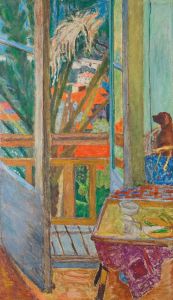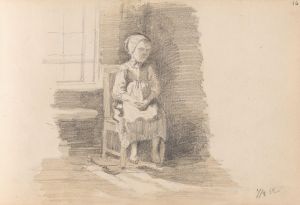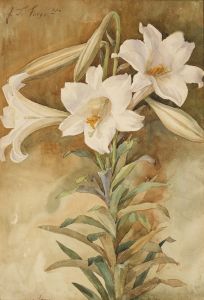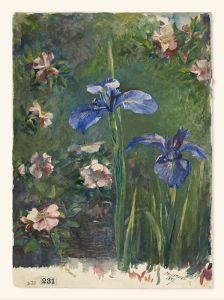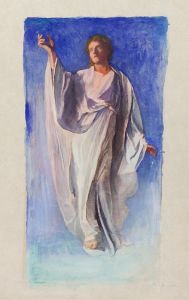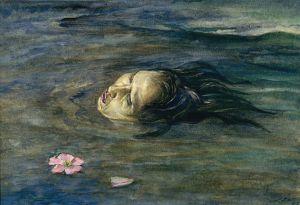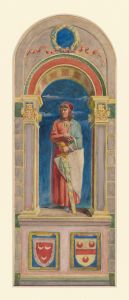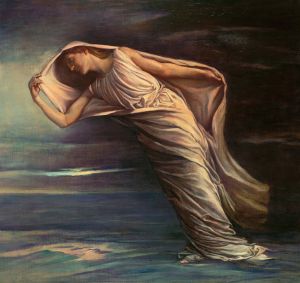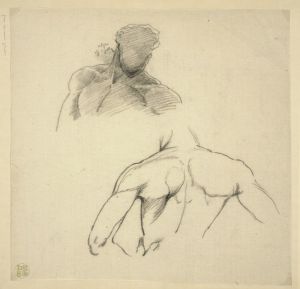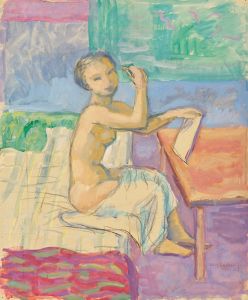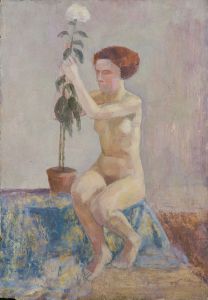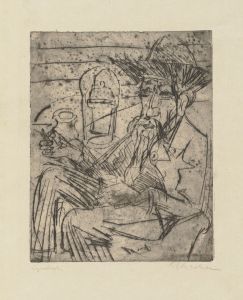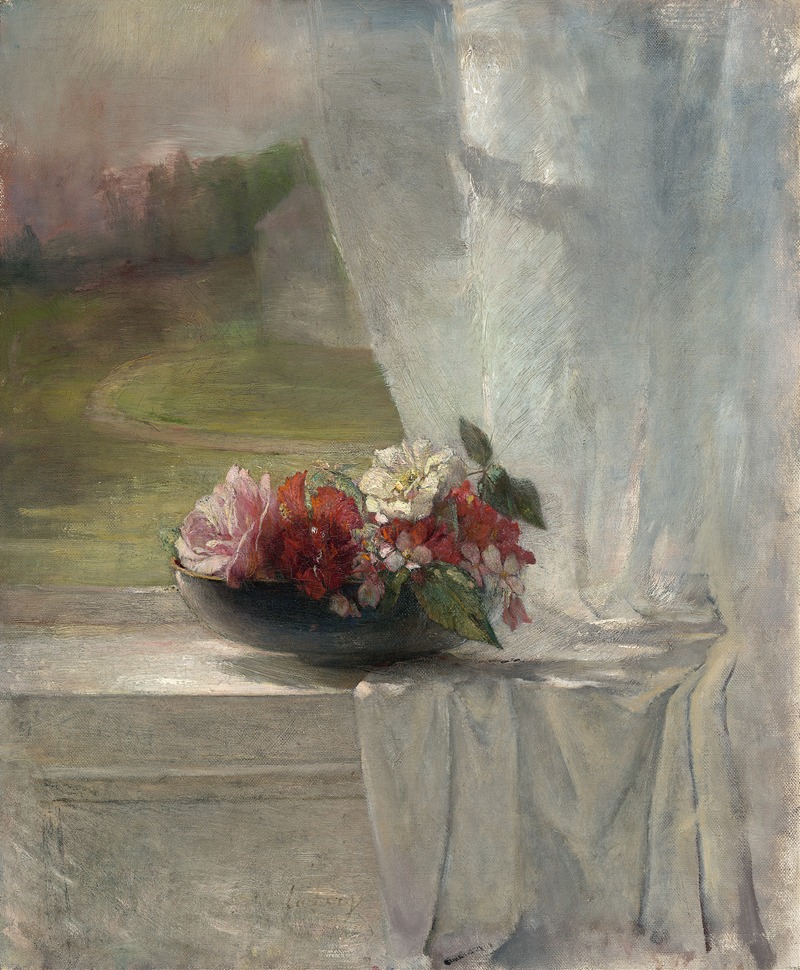
Flowers on a Window Ledge
A hand-painted replica of John La Farge’s masterpiece Flowers on a Window Ledge, meticulously crafted by professional artists to capture the true essence of the original. Each piece is created with museum-quality canvas and rare mineral pigments, carefully painted by experienced artists with delicate brushstrokes and rich, layered colors to perfectly recreate the texture of the original artwork. Unlike machine-printed reproductions, this hand-painted version brings the painting to life, infused with the artist’s emotions and skill in every stroke. Whether for personal collection or home decoration, it instantly elevates the artistic atmosphere of any space.
"Flowers on a Window Ledge" is a painting by John La Farge, an influential American artist known for his contributions to the American art scene in the 19th century. La Farge, born on March 31, 1835, in New York City, was a versatile artist whose work spanned various mediums, including painting, stained glass, and illustration. He was particularly renowned for his innovative use of color and light.
"Flowers on a Window Ledge" exemplifies La Farge's skill in still life painting, a genre that he approached with a unique sensitivity to detail and composition. The painting depicts a serene and intimate scene of flowers arranged on a window ledge, capturing the delicate interplay of natural light and the vibrant colors of the blossoms. La Farge's meticulous attention to the textures and forms of the flowers, as well as the subtle reflections and shadows cast by the window, demonstrate his mastery of the still life genre.
La Farge's interest in still life painting was influenced by his studies and travels. He was educated at Mount St. Mary's University in Maryland and later studied law at Fordham University. However, his passion for art led him to pursue a career as an artist. He traveled to Europe in the 1850s, where he was exposed to the works of the Old Masters and contemporary European artists. This experience profoundly influenced his artistic development, particularly his approach to color and composition.
Throughout his career, La Farge was associated with the American Pre-Raphaelite movement, which emphasized meticulous detail, vibrant color, and a close observation of nature. His work in stained glass, for which he is perhaps best known, also reflects these principles. La Farge's innovations in stained glass, including the use of opalescent glass, had a significant impact on the field and earned him widespread recognition.
"Flowers on a Window Ledge" is a testament to La Farge's ability to capture the beauty of the natural world with precision and sensitivity. The painting's composition, with its careful arrangement of flowers and the play of light through the window, creates a sense of tranquility and contemplation. La Farge's use of color is particularly noteworthy, as he employs a rich palette to bring the flowers to life, highlighting their individual characteristics and the overall harmony of the scene.
John La Farge's contributions to American art extend beyond his paintings. He was also a respected art critic and writer, and his essays on art and aesthetics were influential in shaping contemporary art discourse. His legacy is preserved in numerous collections and institutions, including the Metropolitan Museum of Art in New York, which houses several of his works.
In summary, "Flowers on a Window Ledge" by John La Farge is a beautiful example of the artist's skill in still life painting. It reflects his deep appreciation for nature, his innovative use of color and light, and his meticulous attention to detail. La Farge's work continues to be celebrated for its artistic excellence and its contribution to the development of American art in the 19th century.





